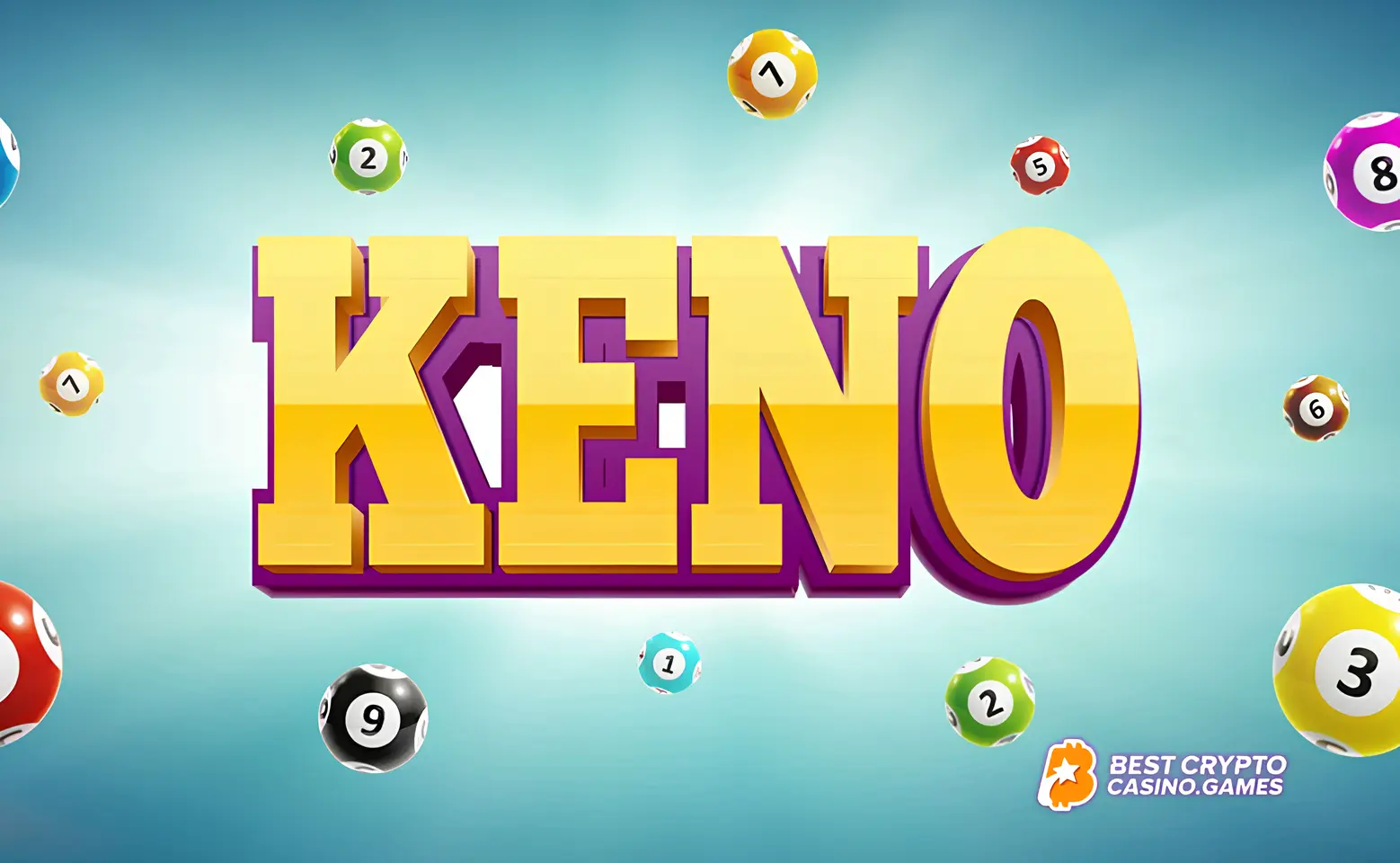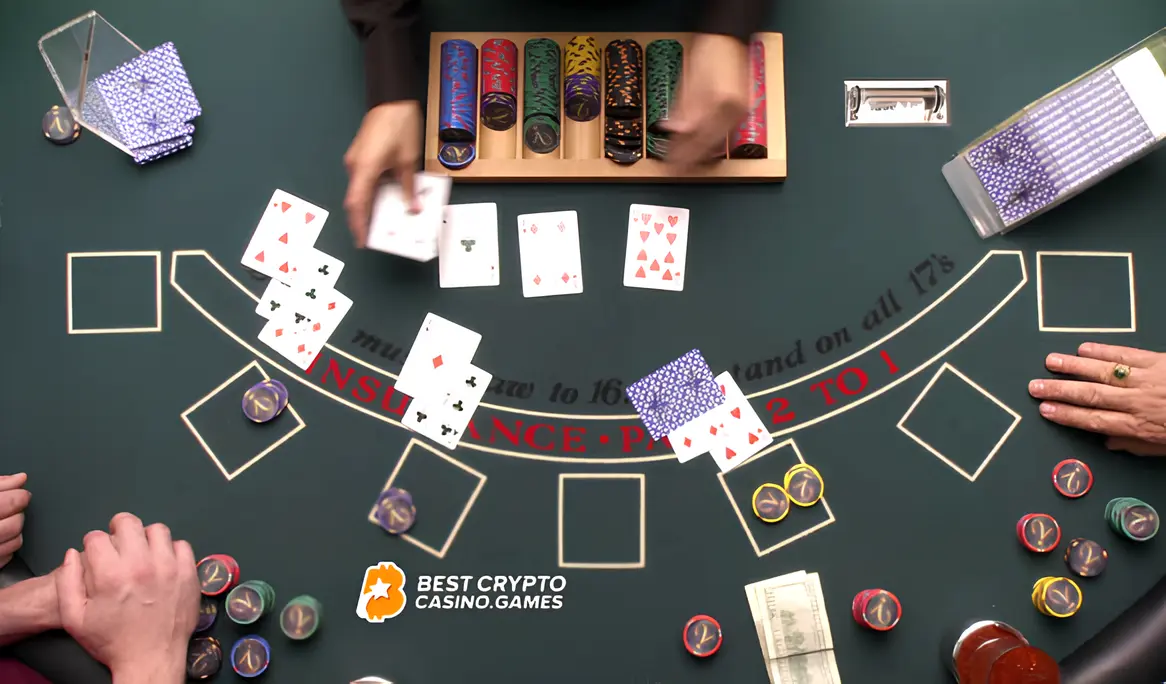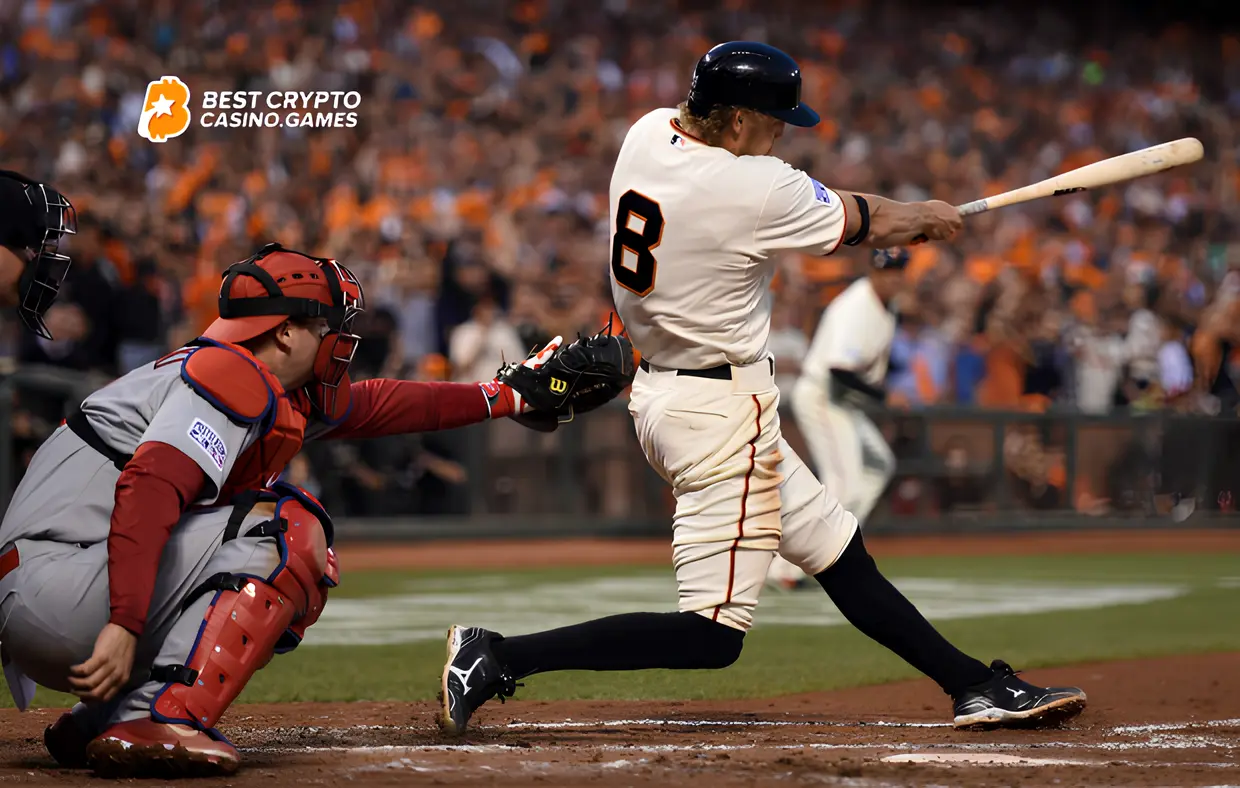Most Popular Numbers in Keno

When it comes to Keno, a lot of players often wonder: are there truly “lucky” numbers, or is it all just chance? Whether you’re a casual player or a seasoned gambler, figuring out what numbers hit the most in Keno can feel like uncovering a secret treasure map. But before diving into the specifics, it’s worth noting how Keno has evolved—especially with the rise of online gaming, including Best Crypto Casino Games, which adds a whole new dimension to this age-old lottery-style game. Let’s break it down step by step, so you’re ready to maximize your chances in your next game.
What Is Keno and How Does It Work?
Keno is a game of pure chance that blends the excitement of a lottery with the quick-paced action of casino gaming. It has gained widespread popularity in both land-based and online casinos due to its simplicity and the potential for substantial payouts. Players choose a set of numbers—usually between 1 and 80 — and hope they match the randomly drawn numbers. The more matches, the higher the payout.
Thanks to its accessibility, Keno has also carved out a niche in the world of crypto casino Keno, where players can enjoy faster transactions, greater transparency, and provably fair gaming systems powered by blockchain technology. With instant bets and potential winnings processed through cryptocurrencies, this modern adaptation of Keno is attracting a new wave of enthusiasts.
A Brief History of Keno
Keno traces its origins back to ancient China, where it was believed to have played a key role in funding major public projects, including the construction of the Great Wall. Originally known as “baige piao” (meaning “white pigeon ticket”), the game used Chinese characters instead of numbers. As Chinese immigrants brought Keno to the United States in the 19th century, it evolved into the version we know today, featuring numbers and an easier format.
Fast forward to the present, and Keno has become a staple in modern casinos, both physical and digital. It has seamlessly transitioned into the online gaming sphere, offering players the convenience of quick draws, automated betting, and even crypto-based wagering.
How the Game Operates
The core mechanism of Keno relies on a Random Number Generator (RNG), ensuring fairness by making every draw completely independent of previous ones. Players select a specific number of spots (usually between 1 and 20), and a system randomly picks 20 numbers from a set of 80. Depending on how many numbers match, payouts are awarded based on pre-set odds.
Despite the randomness, many players look for patterns, hoping to identify trends in drawn numbers. This leads to an age-old debate: Are some numbers drawn more often than others, or is it purely random?
Why Numbers Matter in Keno
Each number in Keno theoretically has an equal chance of being drawn in any given round. However, human psychology makes people gravitate toward specific numbers, believing in personal “lucky numbers” or attempting to track the most frequent Keno numbers based on previous results. While the odds remain unchanged for each round, studying past draws can provide insight into potential trends.
Also, other gamblers claim that, with RNG technology, each round is completely independent and no strategy can affect the outcome.
Who is right? The truth lies somewhere in the middle. While you can’t change randomness, analyzing data and identifying trends can make the game more fun and strategic.
Understanding the Most Common Keno Numbers
While casinos use RNG systems to maintain fairness, historical draw data suggests that certain numbers appear more frequently than others. Top Keno numbers like 1, 3, 4, 7, 11, 16, 17, 23, 28, 34, 44, 58, and 61 have gained a reputation as Keno’s most popular numbers, though this could be due to chance.
These numbers have been reported across various platforms as common picks, leading many players to believe they carry a special significance.
Their popularity often stems from players who track trends and share their findings.
The Concept of Frequency in Winning Numbers
While frequency doesn’t guarantee future success, tracking the most picked Keno numbers can offer a psychological advantage, helping players make decisions based on past results. Many believe in “hot” numbers and “cold” numbers. Does it increase your odds? This method adds an extra layer of excitement to the game, keeping players engaged with a strategic approach.
More about Hot and Cold Numbers
Hot Numbers. These most Keno winning numbers that have been drawn frequently over a short period. Many players see them as lucky or assume they are more likely to appear again in future draws. However, each number technically has the same chance of appearing.
Cold numbers. These are numbers that have not appeared in several draws, leading some players to believe that they “should” win. However, they can also be considered the best numbers to pick for keno. It’s tempting to bet on cold numbers, believing that the odds will “balance out”, but in reality each draw is independent.
The Science Behind Keno Number Picks
By studying thousands of Keno draws, some players identify trends in number clusters. For example, numbers within the 20-30 range tend to appear together more frequently. While this doesn’t guarantee a win, it helps inform how to predict Keno numbers more effectively.
Strategies to Choose the Most Frequent Keno Numbers
Many experienced Keno players prefer to diversify their picks, ensuring they cover different sections of the number range. This means selecting a combination of frequently drawn numbers and those that haven’t appeared in a while, allowing for a wider spread of potential winning combinations. Some players also opt for sequential numbers, such as 22, 23, and 24, believing that clusters of numbers often appear together.
Common Trends Among Frequent Numbers
One interesting pattern among the most frequent Keno numbers is that mid-range numbers (between 20 and 40) tend to appear more often than extremely low or high numbers. This could be due to random clustering or simply the way number distributions have played out over time.
Some players also notice that odd numbers appear slightly more frequently than even numbers, though this is likely just a coincidence rather than an exploitable pattern. Likewise, some players avoid picking numbers at the extreme ends of the spectrum (1, 2, 79, 80), assuming that mid-range numbers offer a better chance of winning.
How to Predict Keno Numbers Effectively
While you can’t predict exact outcomes, probability theory can help optimize your approach and make number selection more strategic. Every number theoretically has an equal chance of appearing, but understanding how probability works in repeated trials can shape your choices.
For instance, some players avoid consecutive sequences, believing that numbers drawn close together are less likely to appear again in the next draw. Others choose numbers spread evenly across the board, thinking this increases their chances of hitting a few winning numbers
Tools and Techniques to Enhance Predictions
From Keno apps to statistical charts, there are plenty of resources to guide your number selection. Remember, no tool can guarantee a win — it’s all about increasing your chances.
- Keno Apps. Provide historical data on frequently drawn numbers.
- Statistical Charts. Track long-term trends.
- Randomized Selection. Some players use number generators to pick completely random selections, avoiding bias.
Advanced Tips for Keno Enthusiasts
Keno has evolved with technology, and now crypto casino provides added security, faster payouts, and provably fair draws. Many crypto platforms also offer exclusive bonuses, making it an attractive alternative for players looking for transparency in gaming.
The digital age has transformed Keno. Playing at a crypto casino Keno platform not only adds security and transparency but also offers unique bonuses, giving players more opportunities to experiment with their picks.
Final Thoughts: Cracking the Keno Code
While there’s no foolproof way to win at Keno, understanding Keno most popular numbers can make the game more engaging. Whether you stick to well-known picks or experiment with random selections, the excitement of Keno lies in its unpredictability.
Ultimately, strategy, probability, and a bit of luck all play a role in the game’s appeal. Try different approaches, embrace the randomness, and enjoy the thrill of every draw — you never know when your lucky numbers might hit!



